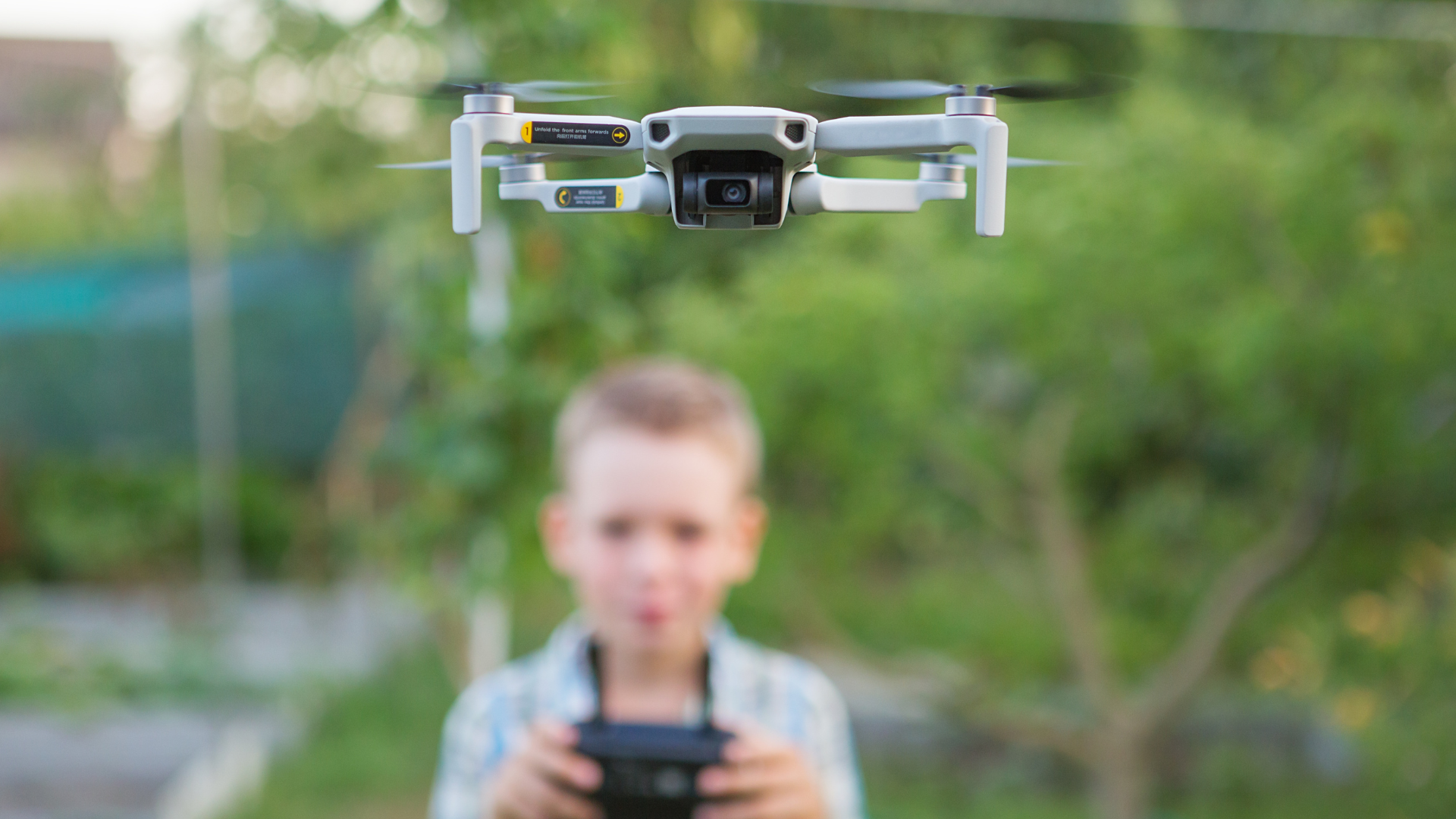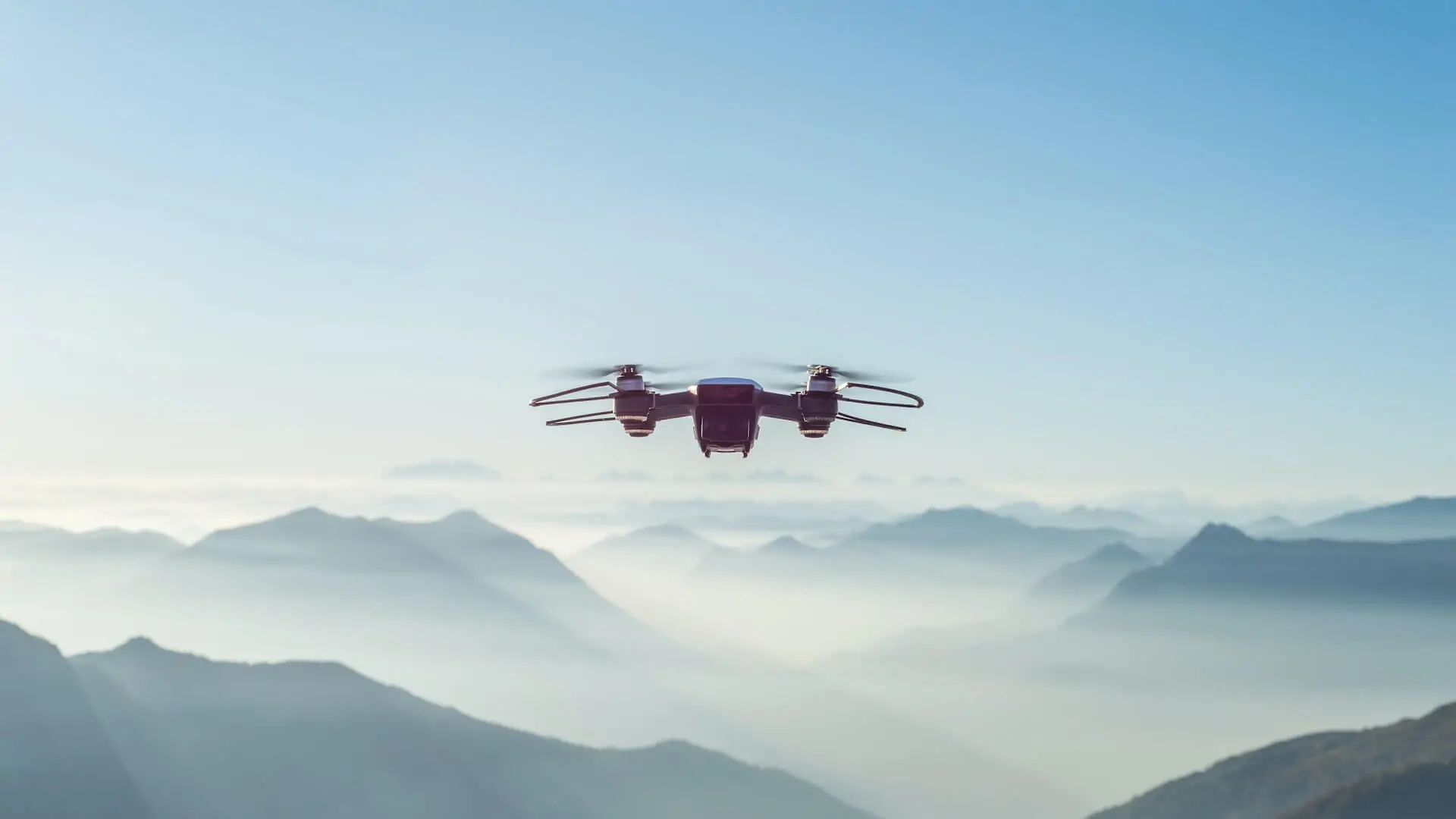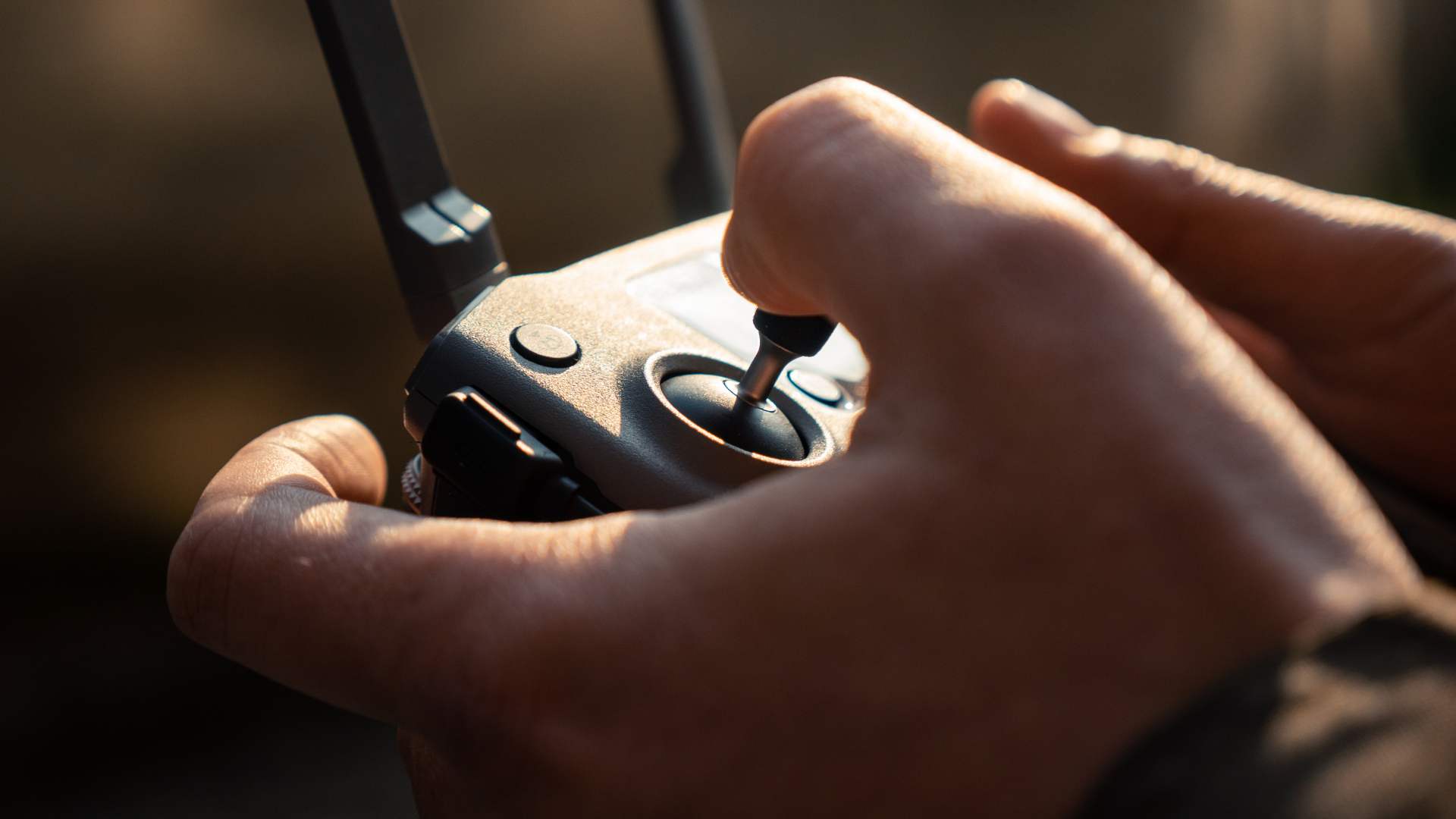The AESA drone regulations have been undergoing a series of updates and adjustments, following the consolidation of the European regulations to govern the use of UAS in the country, which came into force from 31 December 2020. Since then, some deadlines have been set to comply with the new UAS requirements, so it is important to know the new adjustments to the 2023 drone regulations in Spain, and the changes that are going to be applied in the coming months.
Drone legislation in Spain
The AESA is the regulatory body for all drone activity in the country, and is responsible for issuing authorisations or permits to fly a drone in accordance with the new UAS regulations in Spain.
At the moment, the new classification according to the types of drones and their characteristics has already come into force, which is defined according to the risk involved in the activity to be carried out with the drone. This groups drones into 6 classes ranging from C0 to C6, which can fly in three different categories: open, specific and certified. The latter is for higher risk flights and is currently under development at European level. However, all of them will require the pilot to be certified and have a drone licence.
Changes to AESA drone regulations for 2023 and 2024
The drone law in Spain currently has several deadlines to make the necessary adjustments to comply with the new European regulations. Specifically, there are several changes that must be taken into consideration.
UAS that are going to operate in open category and that do not belong to any of the classes established in the EU Delegated Regulation 2019/945 (C0, C1, C2, C3 or C4) may be used until 31 December 2023, under these conditions:
- If its take-off mass is less than 500 grams and it is to operate in subcategory A1, it must be flown by a pilot who is familiar with the manufacturer’s instructions.
- If the drone has a MTOW of less than 2kg and is used at a distance of at least 50 metres from people, the pilot must have a basic or advanced drone operating certificate and must have completed self-practical training.
- In case of a drone with MTOW less than 25kg that will operate in the A3 subcategory, the pilot must hold a basic or advanced certificate according to Law 18/2014 or Royal Decree 1036/2017.
- UAS that comply with the marketing directive but do not belong to classes C0, C1, C2, C3 or C4 set out in EU Delegated Regulation 2019/945, may continue to be used only if they have been entered into the EU before 1 January 2024, and if they comply with the following conditions:
- Their MTOW is less than 250 grams, including their payload, and they will operate in subcategory A1.
- If its MTOW is less than 25kg, including fuel and payload, it will operate in subcategory A3.
Other important changes to the regulation on drone flying in Spain by 2023
- From 1 January 2024, drones used in the open category must belong to one of the classes C0, C1, C2, C3 or C4 set out in Delegated Regulation (EU) 2019/945.
- From 1 January 2024, operations in the European standard scenarios must be conducted with drones having a Class C5 or C6 identification label, according to the standard scenario ‘STS-ES-01’ or ‘STS-ES-02’ respectively.
- From 1 January 2023, all UAS operations of model aircraft clubs and associations shall be based on EU standards.
- Depending on the operational characteristics, from 1 January 2023, model aircraft clubs or associations will have to apply to EASA for authorisation to conduct UAS operations.
- From 1 January 2023, privately built UAS will be able to operate in compliance with an authorisation granted to a model aircraft club or association.
What do I need to fly a drone in Spain?
According to the new regulations, the drone pilot must meet certain requirements to fly a drone safely. In this case, a 4-level training scheme is taken into consideration that defines when a drone licence is required, and in which cases a certificate is needed or just familiarity with the manufacturer’s user manual.
Basically, drones weighing less than 250 grams have the fewest restrictions, as they are categorised in EASA Class C0. In this case, the pilot is only required to be familiar with the drone manufacturer’s manual, and to register as a drone operator with AESA.
For more information, please refer to our blog article on how to get a drone licence in 2023, so that you know exactly what is required to fly a drone in Spain according to each of the AESA categories.
Which drones need a licence in Spain?
The airspace in Spain is structured within the AIP-SPAIN, and is divided into Controlled Airspace and Uncontrolled Airspace. ENAIRE, one of the providers of air traffic management and air navigation services in Spain, makes available to all pilots the ENAIRE Drones web service, a map for flying drones your drone and which offers all the relevant information on the areas permitted for flying your drone, as well as NOTAMs and other data that may be important for operating drones safely.
Where can I fly a drone weighing less than 250 grams in Spain?
According to a statement from the AESA, people who want to fly a drone weighing less than 250 grams must do so under the standards of the European UAS regulation, if the drone has a sensor capable of capturing personal data such as camera or microphone, as well as when it is a drone that exceeds 80 joules of kinetic energy for its maximum speed, as is the case with racing drones.
This means that you must comply with all the guidelines established by the EASA, unless the drone is classified as a toy. If you want more detailed information, you can go to our specialised article where we tell you where to fly drones in Spain.
¿Qué drones necesitan licencia en España?
Depending on the type of drone and the activity to be carried out, the new drone regulations require the pilot to be certified in certain types of operation by means of a drone pilot course carried out through an organisation validated by the AESA, i.e. an ATO or Approved Training Organisation.
At UMILES University we give you the most complete range of drone pilot courses, with the different certifications required by the AESA so that you can become a professional, and thus be able to obtain all the permits or licence required by the Spanish Aviation Safety Agency, depending on the type of flight you wish to perform.
What will be required for UAS operations under the certified category in Spain?
Although it is currently under development at a European level, we can be aware of the limits and stipulations that drones operating in the certified category will need and, due to the complexity it shows, it will require certification of the UAS by EASA. These types of drones are the ones that mainly comply with these characteristics:
- Size of 3 metres or more.
- Certified design to carry out operations involving the transport of dangerous goods and/or people.
It should be noted that according to the type of activity that the drone is going to carry out, it is possible that the EASA may demand greater requirements, and even that a licence may be requested for drones and operations with different characteristics to those previously mentioned, so if you are going to operate in the certified category, you will always have to corroborate the viability with the approval of the EASA. Check their website for more details and updated information before flying your drone.


